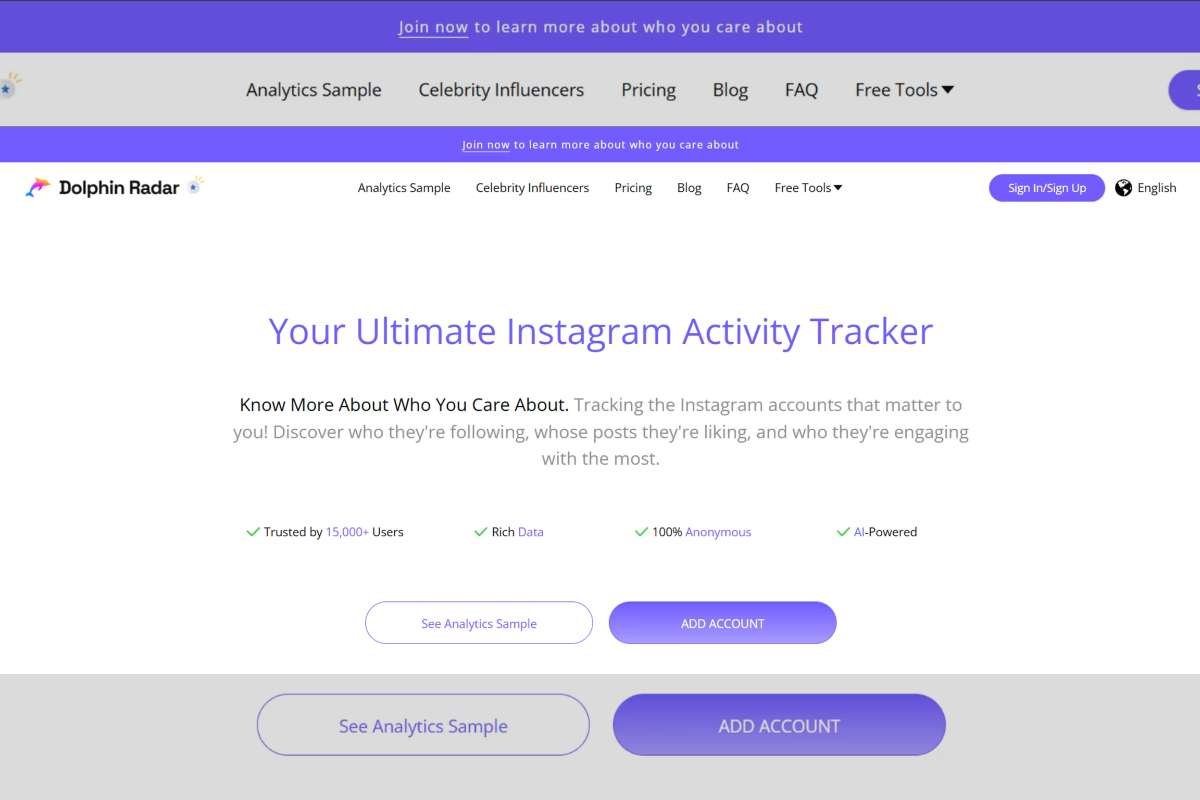In the dynamic landscape of marketing, a strategic approach is essential for businesses to thrive. One time-tested and widely recognized framework is the 4Ps in marketing strategy, which encompasses Product, Price, Place, and Promotion. This comprehensive guide will delve into each element, unraveling the significance of the 4Ps in shaping successful marketing strategies.
Product:
At the core of any marketing strategy lies the product, the very offering that a company brings to the market. The Product element of the 4Ps in marketing strategy focuses on developing a product that meets the needs and desires of the target audience. This involves understanding consumer preferences, conducting market research, and continuously innovating to stay ahead of the competition.
In a consumer-centric era, creating a product that not only fulfills a need but also resonates with the values and aspirations of the target market is paramount. Businesses need to carefully consider features, quality, design, and branding to make their product stand out. Moreover, the Product element involves adapting to changing consumer preferences and evolving market trends.
Case Study: Apple Inc.

Apple Inc. serves as an exemplary case in mastering the Product element of the 4Ps in marketing strategy. Renowned for its innovative and aesthetically pleasing products, Apple consistently introduces cutting-edge technology, sleek design, and seamless user experiences. The company’s commitment to quality and design has created a loyal customer base and set industry benchmarks.
Price:
Determining the right price for a product is a delicate balancing act that significantly influences consumer behavior and market positioning. The Price element of the 4Ps in marketing strategy involves setting a price that reflects the product’s value while remaining competitive in the market. Pricing strategies can vary, ranging from cost-based pricing and value-based pricing to dynamic pricing based on market demand.
Businesses must consider factors such as production costs, competitor pricing, perceived value, and target market affordability when establishing the price for their products or services. Moreover, pricing decisions can impact overall brand positioning, with premium pricing signaling exclusivity and lower pricing strategies emphasizing accessibility.
Case Study: Netflix

Netflix provides an interesting case study in the Price element, employing a subscription-based model. Offering tiered pricing plans, Netflix caters to various consumer segments. The platform’s ability to adapt its pricing strategy as it expands globally showcases the importance of flexibility in pricing to meet diverse market needs.

Netflix (NFLX) Earnings Expectations:
Netflix (NASDAQ: NFLX) is a major player in the video streaming industry, with millions of subscribers worldwide. Given the service’s immense popularity and the keen interest from investors, it is wise to carefully examine stock market dynamics and
Place:
Place, the third element of the 4Ps in marketing strategy, emphasizes the distribution strategy for getting the product into the hands of consumers. Effective distribution involves selecting the right channels, establishing a strong supply chain, and ensuring products are available where and when consumers need them. Place is about making the product easily accessible and convenient for the target audience.
This element is particularly crucial in the era of e-commerce and global markets. Businesses need to optimize their distribution channels, whether through traditional retail, e-commerce platforms or a combination of both. Strategic placement can enhance visibility, accessibility, and overall customer experience.
Case Study: Amazon
Amazon stands as a prime example of mastering the Place element. With its extensive network of fulfillment centers and efficient delivery services, Amazon ensures that customers can access an array of products with unparalleled convenience. The company’s focus on logistics and rapid delivery has transformed the e-commerce landscape.
Promotion:
Promotion, the final element of the 4Ps in marketing strategy, centers on the communication strategy used to raise awareness and persuade consumers to choose a particular product or service. Promotion involves a mix of advertising, public relations, sales promotions, and personal selling. The goal is to create a strong brand identity, generate interest, and ultimately drive sales.
In the digital age, promotion has expanded to include online channels, social media, influencer marketing, and content creation. Building a cohesive promotional strategy that resonates with the target audience and aligns with the overall brand message is essential for creating a lasting impact.
Case Study: Coca-Cola

Coca-Cola’s long-standing success is often attributed to its iconic promotional efforts. From memorable advertising campaigns to strategic partnerships and sponsorships, Coca-Cola has consistently reinforced its brand image globally. The company’s ability to adapt its promotional strategies to diverse cultures while maintaining a consistent brand message exemplifies effective promotion.
Integration of the 4Ps in marketing strategy:
The true power of the 4Ps in marketing strategy lies in their integration, as each element complements and reinforces the others. A successful marketing strategy requires a cohesive approach that aligns the product with the right price, distribution channels, and promotional activities. Let’s explore how these elements work together using a hypothetical example.
Case Study: XYZ Electronics
XYZ Electronics, a fictional electronics company, is launching a new smartphone:
Product: XYZ Electronics focuses on creating a feature-rich smartphone with cutting-edge technology, sleek design, and a user-friendly interface. Market research indicates a demand for advanced camera capabilities, long battery life, and seamless integration with other devices.
Price: Considering production costs, competitor pricing, and target market affordability, XYZ Electronics adopts a value-based pricing strategy. The goal is to position the smartphone as a premium yet an accessible option in the market.
Place: To ensure wide accessibility, XYZ Electronics strategically partners with established retail chains, telecom carriers, and e-commerce platforms. This multi-channel distribution approach maximizes the product’s visibility and availability.
Promotion: XYZ Electronics leverages a mix of traditional advertising, social media campaigns, and influencer partnerships to create buzz around the new smartphone. The promotional strategy emphasizes the device’s unique features and highlights its value proposition.
By seamlessly integrating the 4Ps in its marketing strategy, XYZ Electronics maximizes its chances of success in the competitive smartphone market. The cohesive approach ensures that the product meets consumer needs, is competitively priced, easily accessible, and effectively promoted to the target audience.
Conclusion:
The 4Ps in marketing strategy remain a cornerstone in developing effective marketing strategies. As businesses navigate an ever-evolving landscape, understanding and optimizing the Product, Price, Place, and Promotion elements can pave the way for success. By carefully balancing these components, businesses can create a compelling value proposition, resonate with their target audience, and build strong, enduring brands in the market. The 4Ps offer a timeless framework that continues to guide marketers in shaping impactful strategies and adapting to the evolving needs of consumers and markets alike.


















